Designing and renovating indoor sports surfaces requires careful consideration to meet the diverse needs of athletes and ensure their safety. We will explore five essential steps to maximize the capabilities of your indoor sport surfaces, from multi-sport adaptability to ball control enhancements and safety measures.
What are some of the biggest challenges?
1. Allowing maximized usage to ensure your indoor sports facility is used to its full potential often involves accommodating shared usage times among different program users.
2. Existing surfaces may contain hazardous materials, such as certain adhesives, requiring careful removal and abatement during renovations.
3. Seamless transitions between different surface types and at ingress/egress locations are essential for user convenience, accessibility, and safety.
5 Ways to Reimagine Your Indoor Sport Surfaces
Step 1: Design for Multi-Sport Capabilities. Consider incorporating a versatile surface that caters to multiple sports programs. By prioritizing flexibility and optimizing hard surfacing limits, you can create a space that accommodates various activities such as soccer, football, and baseball training. This approach goes beyond walk-through activities, empowering athletes to engage in full-fledged practices and optimize facility usage.
Step 2: Pre-Construction Testing and Remediation. Engage a testing agency to assess the existing surfacing and identify any remediation or abatement needs. This step helps determine an accurate construction budget and influences the overall design strategy. Building on top of the existing surfaces may be a viable option, reducing costs and expediting the renovation process.
Step 3: Customized Design for Precision. To ensure ultimate athletic performance, embrace a customized design approach that allows control over the sports surfacing thickness. By fine-tuning the surface system’s height, matching adjacent surfaces precisely, athletes can experience consistent and confident footing throughout the entire facility. Designing to the nearest millimeter guarantees a tailored experience that boosts performance. Having the existing facility 3D laser scanned, can help with the precision of the design to ensure smooth transitions to maximize space.
Step 4: Ball Control Enhancements. Integrate specialized features and technologies into the sports surface to improve ball control. Textured surfaces, advanced shock absorption systems, strategically placed cushioning materials, and drop-down netting can improve usage times, enabling athletes from several different sport programs to utilize the facility simultaneously without interruption.
Step 5: Prioritize Safety Measures. Ensure the well-being of athletes by implementing safety-focused elements into the facility’s design. Incorporate shock-absorbing underlays, impact-resistant materials, and proper line markings to reduce the risk of injuries and enhance visibility.
By following these five essential steps, you can transform your indoor sports surface into an optimized space that caters to multi-sport activities, promotes higher performance, and prioritizes safety. Maximize your facility’s capabilities and propel your athletes to new heights of performance and enjoyment.
Do you need a renovation plan to maximize the surfaces and layouts of an existing track or turf?
The University of Dayton had a similar issue with its 30,000 SF indoor facility, and our Sportworks Design team worked with them every step of the way. Our team spoke with the athletic directors and devised a renovation plan to maximize the surfaces and layouts of their existing track and turf indoor facility to optimum usage.
Read More
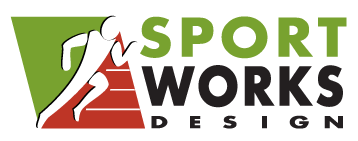
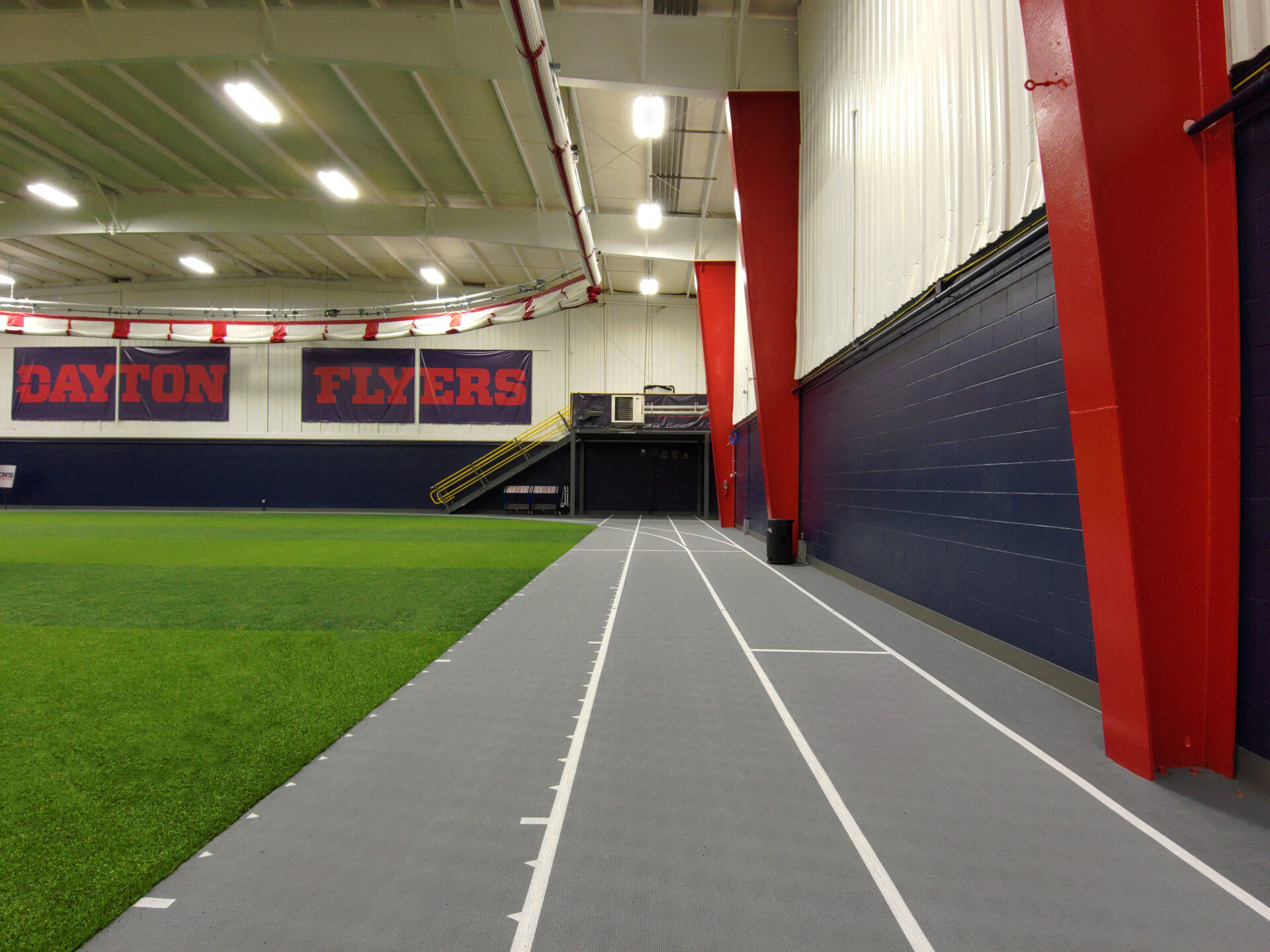
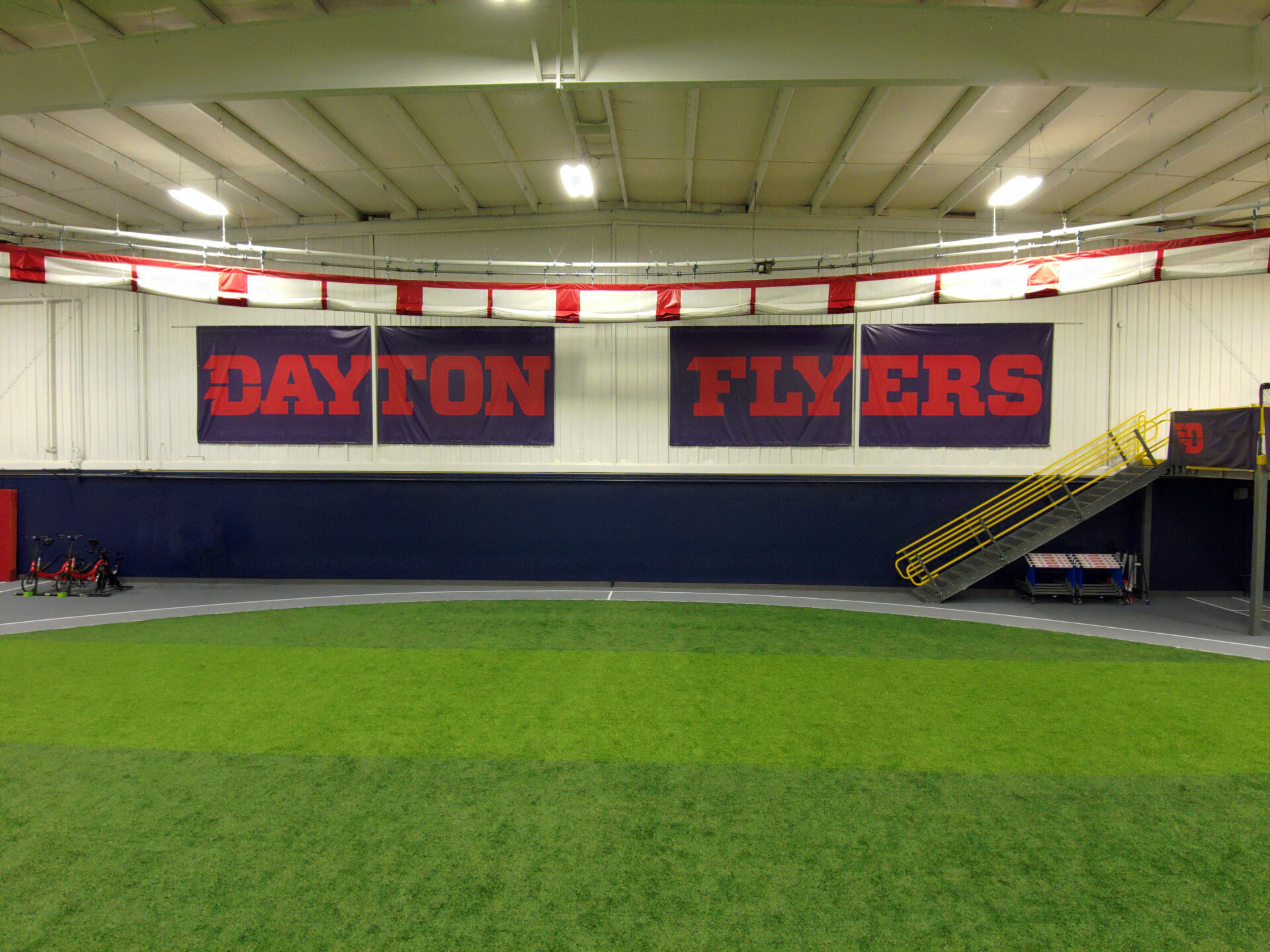
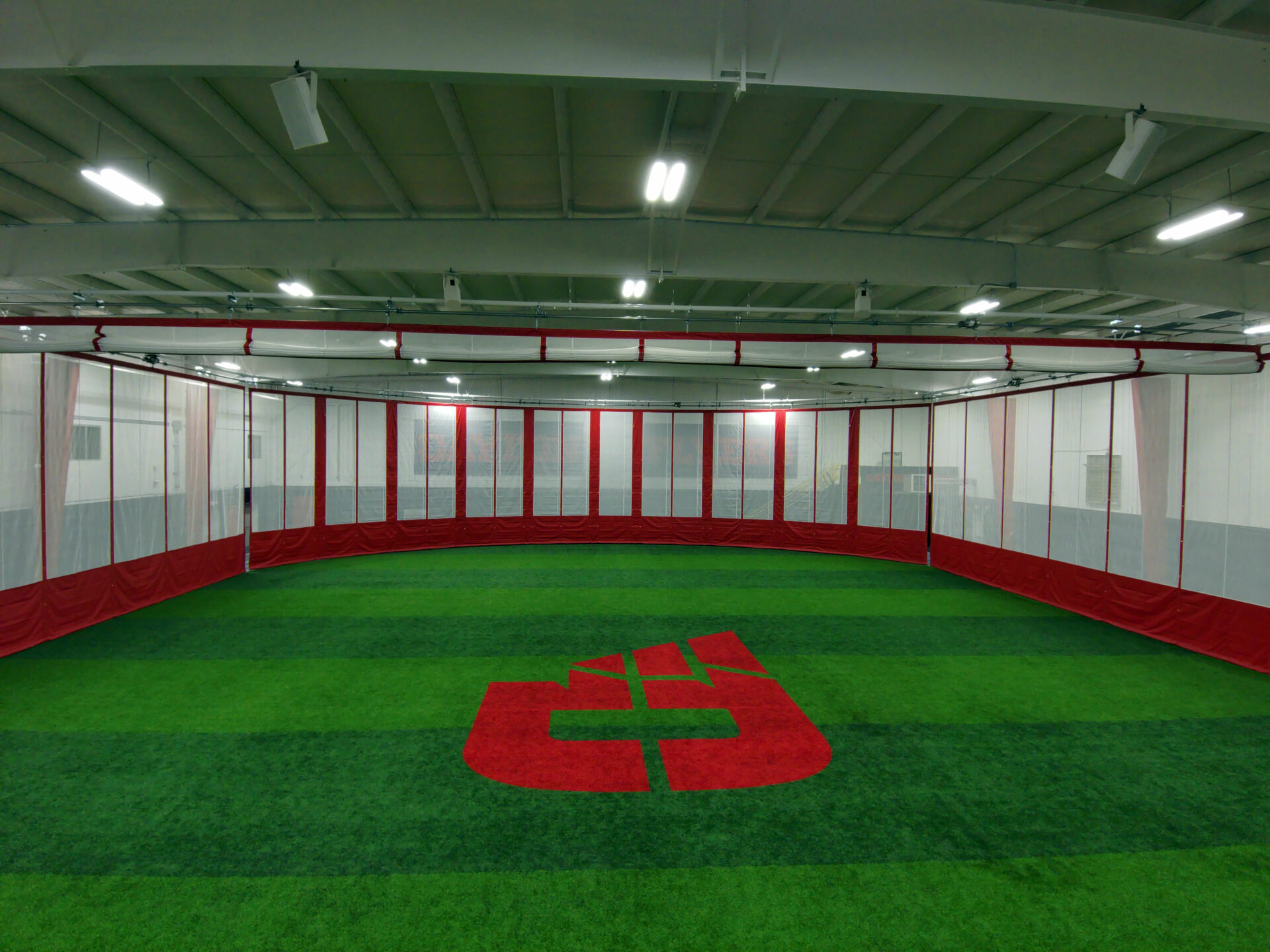
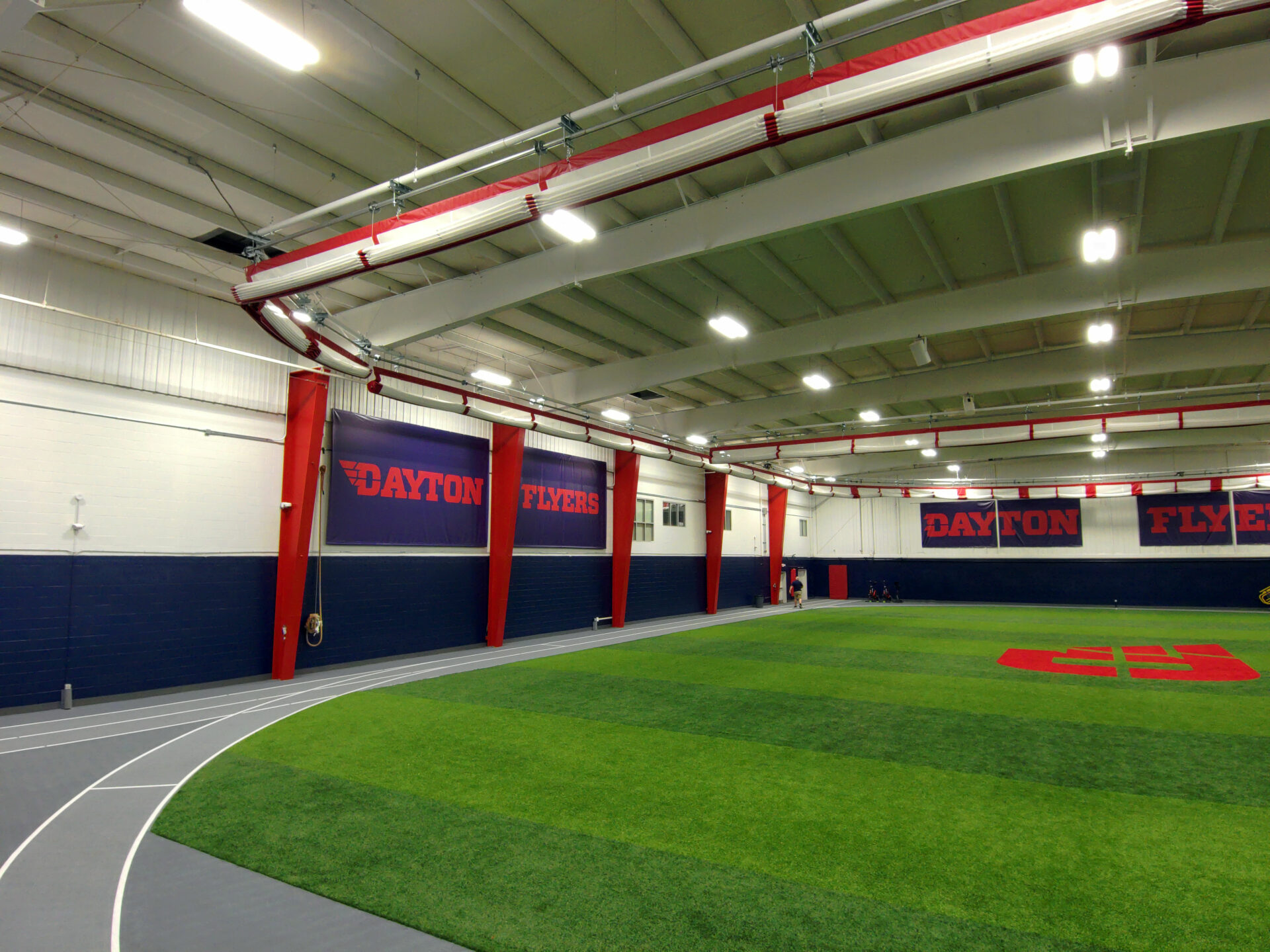
Leave a comment